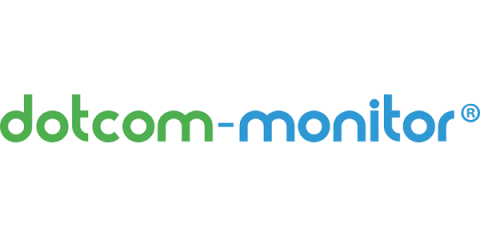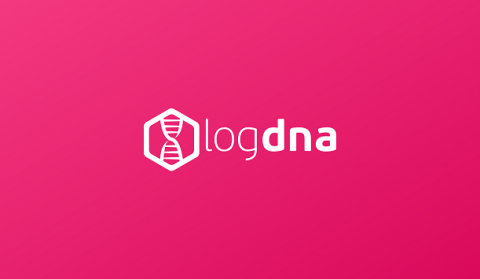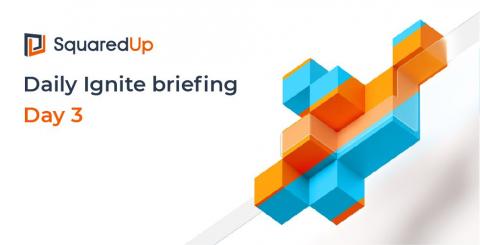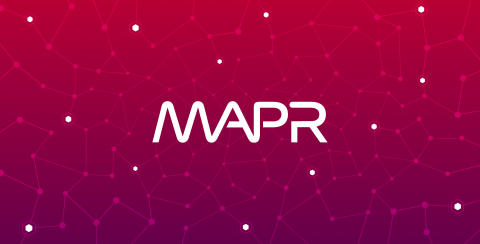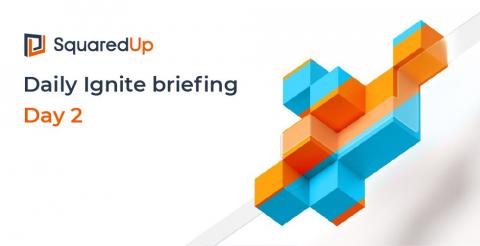Digital Experience Monitoring: An Overview
In today’s ever-changing digital landscape, it’s critical for companies to be in sync with their users and customers. From websites and web applications to internal mission-critical applications, businesses must ensure that their services are always available and running smoothly. If not, users are likely to easily abandon your website, directly affecting revenue.


